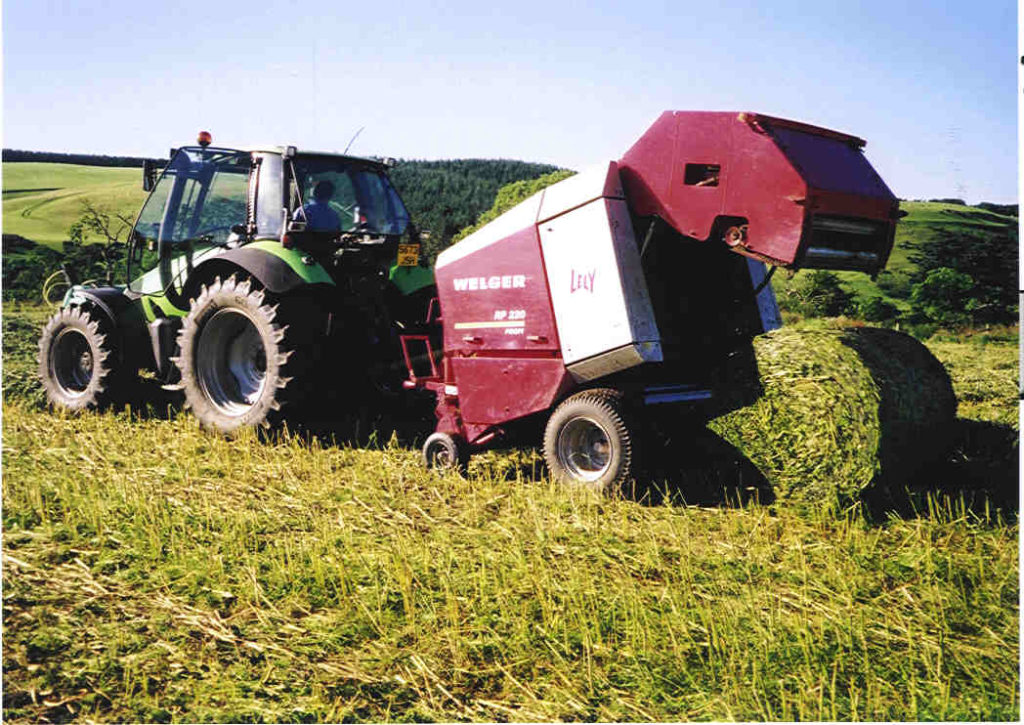A Summer Drought = A Shortage Of Silage?
22 May 2019If the dry conditions continue silage supplies will be short. This makes it critical that every blade of grass grown is either grazed or conserved.
The current very high levels of grass growth mean that many set stocked fields will get ahead of the cattle and need topping later next month. One simple way to avoid this is to shut off today 10 – 25% of the field with an electric fence to form a grass buffer. If it rains and grass continues to grow well the grass in the buffer can be conserved as a light bonus crop and the aftermath returned for grazing.
If however the drought gets worse and grass in the grazing area becomes short i.e. below 6 cm then either –
- The electric fence can be taken down and the stock allowed to graze the whole buffer area or
- If the buffer grass has grown too much to be efficiently grazed then it can be strip grazed with the fence moved back 1 or 2 yards each day.
Although the yield will not be high e.g. 2 – 4 bales per acre the 10 extra bales produced by taking 20% of a 20 acre field out as a buffer today could be invaluable next winter.
Other benefits would include –
- Eliminating the need, time and cost of topping.
- Keeping all of the restricted grazing area well grown and avoiding it heading will improve mid-summer growth, the same benefit as achieved from rotational grazing.,
- The same principle would apply to sheep as well as cattle.
Basil Lowman, val.angus@sac.co.uk
Sign up to the FAS newsletter
Receive updates on news, events and publications from Scotland’s Farm Advisory Service

